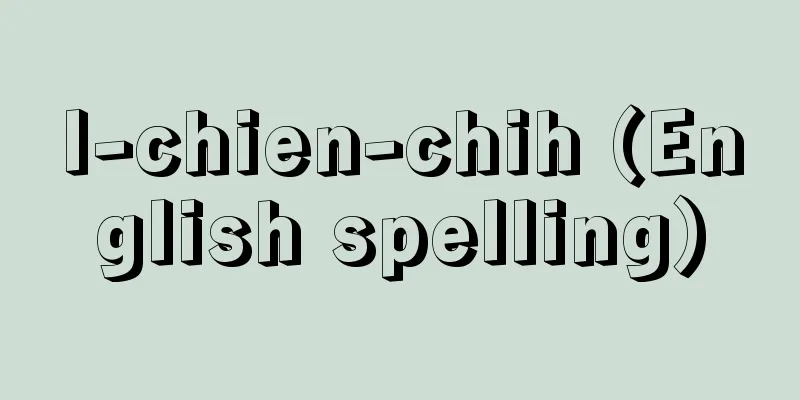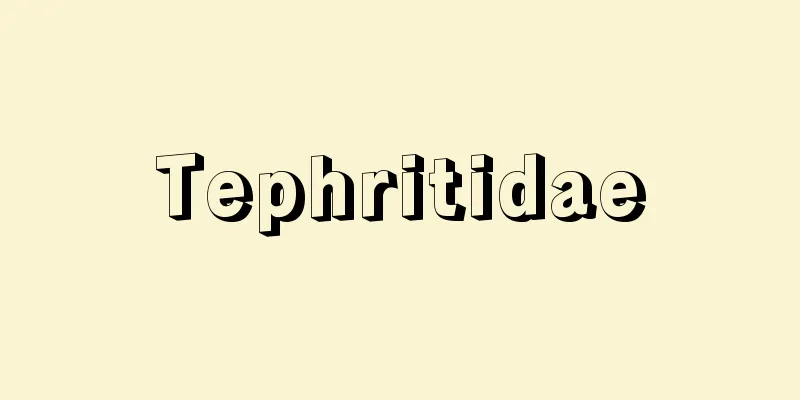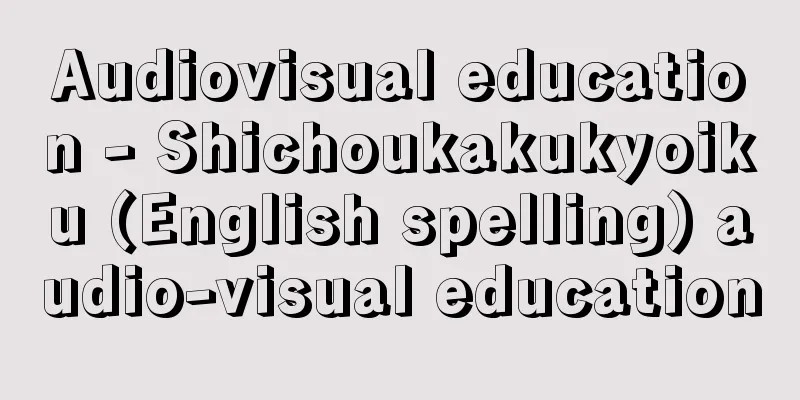Artificial element - jinkougenso (English spelling) artificial element
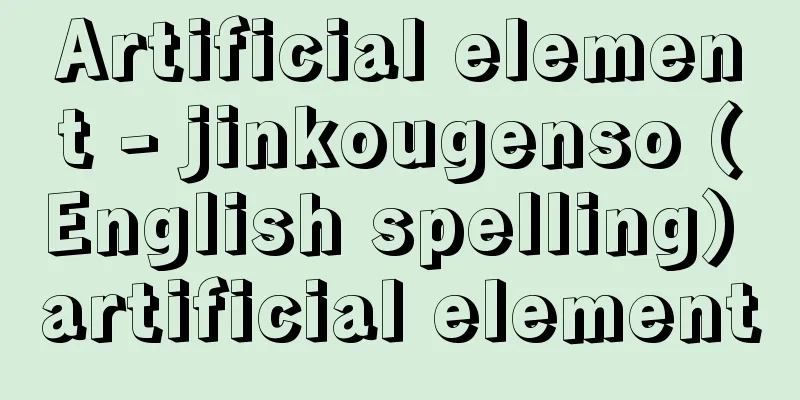
|
An element that does not exist in nature and has been artificially created. However, this term is commonly used and contains some ambiguity. In other words, elements that are generally thought not to exist in nature are those that are radioactive and have a short lifespan, so they have decayed away and no longer exist, and therefore were not discovered. Therefore, if an element is first artificially created by a nuclear reaction, it can be called an artificial element. However, with the improvement of analytical technology, it has been discovered that some elements exist in nature in small amounts, and there are also elements that always exist in small amounts in nature, even if they have a short lifespan, by decaying from natural radioactive elements or being created as a result of nuclear reactions caused by natural neutrons. For example, element 85, astatine, was artificially created as astatine 211 by irradiating bismuth with helium ions in 1940, and was considered an artificial element, but later various isotopes of astatine were produced by the decay of polonium, and it was discovered that they exist in nature. Similarly, the transuranium elements neptunium and plutonium were first artificially produced in 1940, and it was later discovered that neptunium-237 and plutonium-239 also exist in small amounts in pitchblende. As of 2016, the following elements are recognized as being artificially produced at number 93 and above: neptunium (93), plutonium (94), americium (95), curium (96), berkelium (97), californium (98), einsteinium (99), fermium (100), mendelevium (101), nobelium (102), lawrencium (103), rutherfordium (104), dubnium (105), seaborgium (106), bohrium (107), hassium (108), meitnerium (109), darmstadtium (110), roentgenium (111), copernicium (112), nihonium (113), flerovium (114), moscovium (115), livermorium (116), tennessine (117), and oganesson (118). Many radioactive isotopes of naturally occurring elements are artificially created and are called artificial radioisotopes. [Nakahara Katsunori] [References] | | | | | | | | |darmstadtium| | | | | | |berkelium|hassium| | | | | | | | | | |Source: Shogakukan Encyclopedia Nipponica About Encyclopedia Nipponica Information | Legend |
|
天然には存在しない元素で、人工的につくりだされた元素をいう。ただしこの語は、俗に用いられているもので、かなりあいまいな点を含んでいる。すなわち、一般に天然に存在しないと考えられていた元素は、それらが放射性元素で寿命が短いためこれまでに崩壊しつくして、現在は存在せず、そのため発見されなかったと考えられるものである。したがって、核反応によって人工的に初めてつくりだされれば人工元素といえる。しかし、分析技術の向上などにより天然にも微量は存在することがわかった元素もあるし、また寿命は短くても、天然放射性元素から崩壊したり、あるいは天然の中性子などによって核反応をおこした結果つくられるなどして、つねに微量は天然に存在している元素もある。たとえば85番元素のアスタチンは、1940年ビスマスをヘリウムイオンで照射して人工的にアスタチン211がつくられ、人工元素とされたが、その後アスタチンのいろいろな同位体がポロニウムの崩壊で生成し、したがって天然にも存在することがわかった。また同じように超ウラン元素のネプツニウムやプルトニウムも1940年に初めて人工的につくられたが、その後ネプツニウム237、プルトニウム239もピッチブレンド中に微量存在することがわかった。 2016年(平成28)の時点で、93番以降で人工的につくられている元素は、93番ネプツニウム、94番プルトニウム、95番アメリシウム、96番キュリウム、97番バークリウム、98番カリホルニウム、99番アインスタイニウム、100番フェルミウム、101番メンデレビウム、102番ノーベリウム、103番ローレンシウム、104番ラザホージウム、105番ドブニウム、106番シーボーギウム、107番ボーリウム、108番ハッシウム、109番マイトネリウム、110番ダームスタチウム、111番レントゲニウム、112番コペルニシウム、113番ニホニウム、114番フレロビウム、115番モスコビウム、116番リバモリウム、117番テネシン、118番オガネソンが認められている。 天然元素の放射性同位体(ラジオ・アイソトープ)の多くは、人工的につくられ、これは人工放射性同位体とよばれる。 [中原勝儼] [参照項目] | | | | | | | | | | | | | | | | | | | | | | | | | | | | | |出典 小学館 日本大百科全書(ニッポニカ)日本大百科全書(ニッポニカ)について 情報 | 凡例 |
<<: Artificial rain - artificial rain
>>: Artificial language - jinkougengo (English spelling) artificial language
Recommend
commedia erudita (English spelling) commediaerudita
...The farce that was born in late medieval Franc...
Perilla frutescens var. japonica
It is an annual plant of the Lamiaceae family, nat...
Karg [island] - Karg
…An island in the Persian Gulf 55 km off the coas...
Santa Ana (English spelling)
A city in southwestern California, USA. Population...
Auxiliary Education Section - Fǔ jiào biān (English)
Written by the founder of the Yunmen sect of China...
Strength of the vortex thread - How strong is the vortex?
…The vorticity is parallel to the vortex filament...
Portulaca oleracea - Portulaca oleracea
…As its name suggests, the stems are erect and ca...
Awazuza Theatre
...In 1591 (Genchu 8, Meitoku 2), they had a di...
Troppau
…The largest city in the former Silesian region o...
Mark Twain
1835‐1910 One of the leading novelists of post-Civ...
Nanryu Tanabe
He has been a storyteller since the end of the Edo...
Ine [town] - Ine
A town in Yosa District, Kyoto Prefecture, occupyi...
Chemical Medicine - Kagakute Kiigakuha
...However, it is certain that he was the origina...
Sangha (English spelling)
A Sanskrit word meaning "group," "g...
Minamoto no Yukiie - Yukiie of Minamoto
A military commander from the end of the Heian pe...

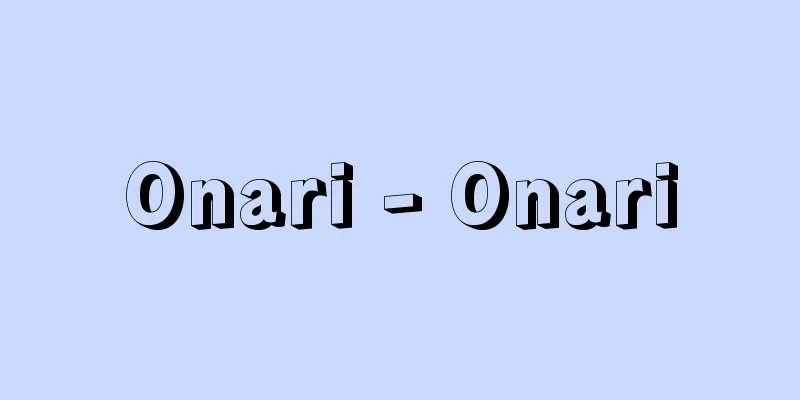
![Obi [river] - Obi](/upload/images/67cb21919902b.webp)
